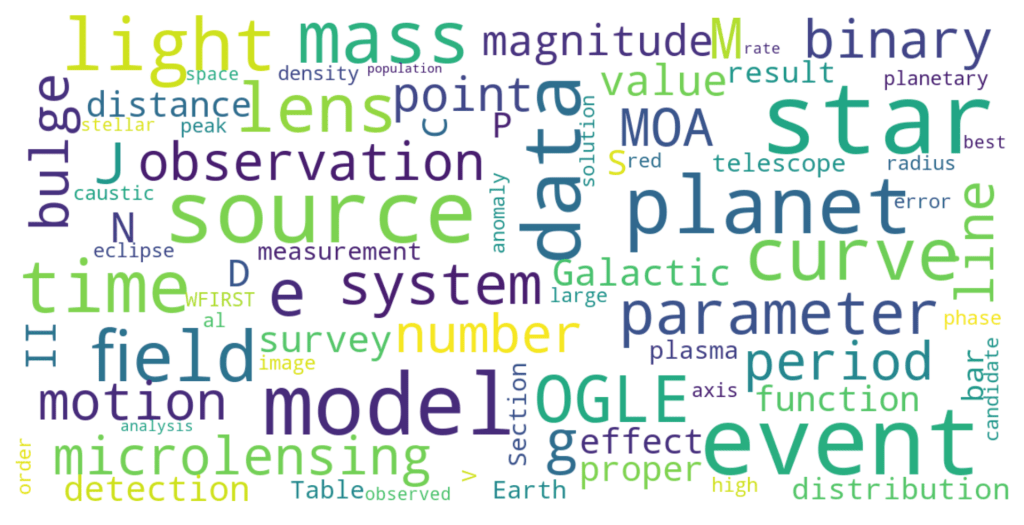This post sets out the reasoning behind my statement, made during a Te Ao Mārama seminar:
New Zealand has the capacity to design, build, test, launch and operate a space telescope capable of detecting atmospheres on alien worlds.
- For alien life to exist on the surface of a world, we postulate that the world must have an atmosphere,
- There are thousands of exoplanets known for which we can try and detect an atmosphere,
- The presence and constituents of an alien world atmosphere can be determined using spectroscopy, during planetary transits,
- Some of the strongest evidence is found at ultraviolet wavelengths,
- UV observations of this type have to be made in space, because Earth’s atmosphere blocks UV light,
- New Zealand researchers have long experience with exoplanet detection science and spectroscopy.
So a space telescope, operating in space and optimised to collect spectroscopic data in the UV, is what we’re proposing.
- Funding in New Zealand is scarce for fundamental research,
- Space missions are expensive,
So if New Zealand wants to fly a fundamental science mission in space, it needs to be as cheap as possible.
- Rocket Lab (and other launch providers) can deploy satellites to orbit as so-called “ride-share” missions. This is a relatively cheap method for getting craft into orbit,
- Rideshare spacecraft are typically built according to the “CubeSat” standard; a prescription that makes the acceptance of a spacecraft as a rideshare mission more straightforward,
- Building a telescope into a CubeSat requires either (i) chopping up the primary mirror to fit wholly within the CubeSat frame, or (ii) having a mechanism that deploys a telescope optical assembly, or (iii) using ultrafast optics, such as a monolithic telescope,
This is not a new idea: The Colorado University Space Telescope (CUTE) is currently in orbit and collecting data, in the UV, from a CubeSat comprising a truncated primary mirror. The CUTE utilises option (i), above. Option (i) is simpler mechanically, but in cutting up the telescope primary mirror, you lose light collecting power. Option (ii) allows for a larger primary mirror, but requires a deployment mechanism (already a risky prospect) to operate flawlessly and arrange itself to within optical tolerances (which are very tight). Option (iii) looks like a promising means by which a telescope can be formed out of a monolithic block of silicon and in which the reflecting surfaces are guaranteed to be always aligned.
Research is ongoing at Te Pūnaha Ātea Space Institute into designing a deployable telescope baffle — i.e. exactly what is need for option (ii). The image below shows the research idea, showing a CubeSat telescope with a deployable baffle.

–Background image credit: ESA. Telescope image credit: NASA
I am interested in seeing what can be done with a monolithic telescope design — can this be used to feed a spectrograph sufficiently well to perform the transit spectroscopy for discovering exoplanet atmospheres in the UV?
- New Zealand has a long history of telescope optical design,
- Kiwistar Optics Ltd could be a local partner in this research.
So we have local expertise in exoplanet discovery research, local expertise in spectroscopy, local expertise in telescope manufacture, a space institute ready to help build and test a spacecraft and a locally available launch provider. The ingredients are all there to design, build, test, launch and operate a space telescope capable of detecting atmospheres on alien worlds.
What we lack is funding, as usual.








